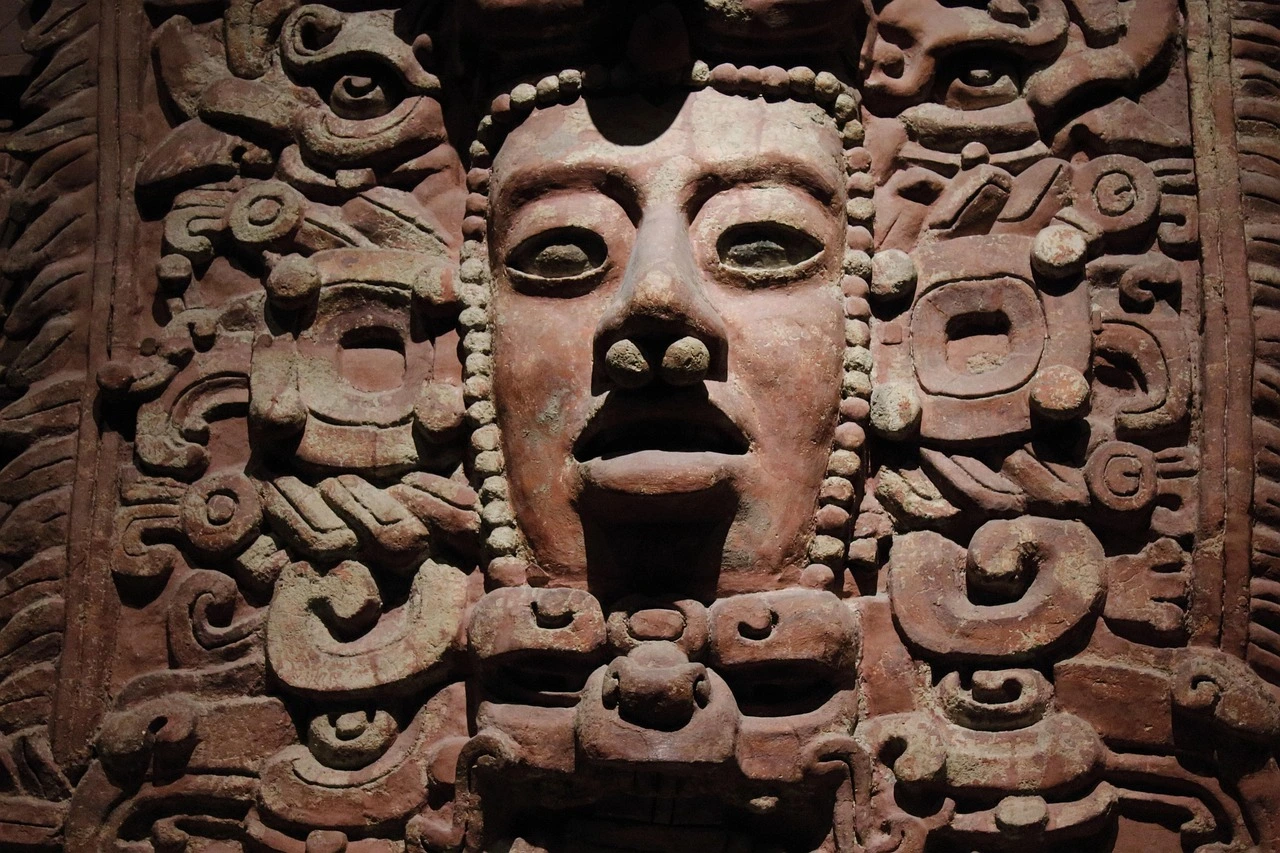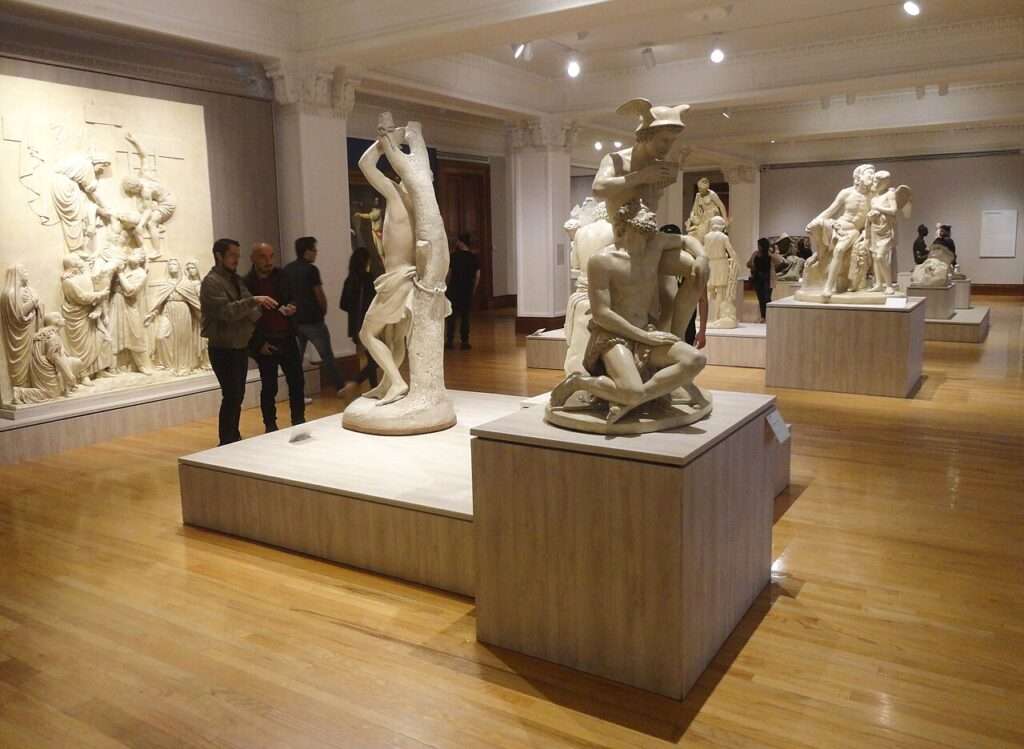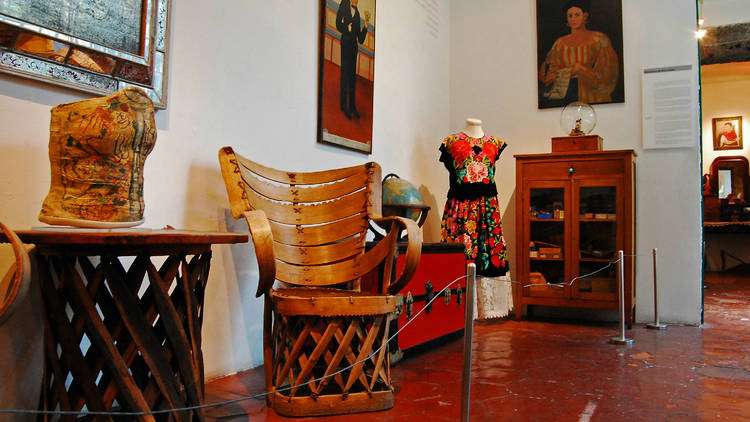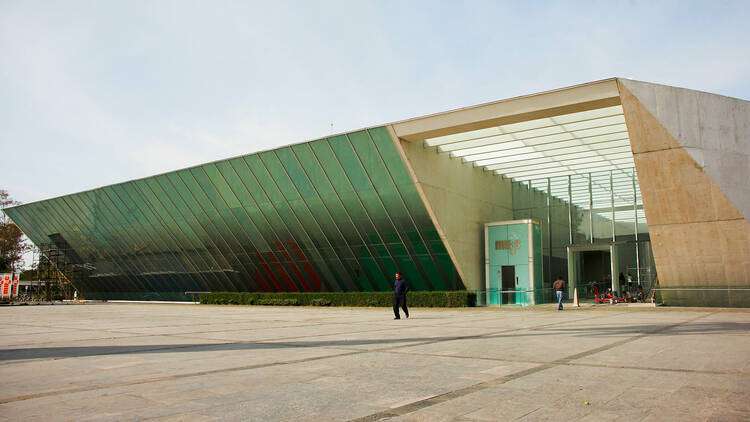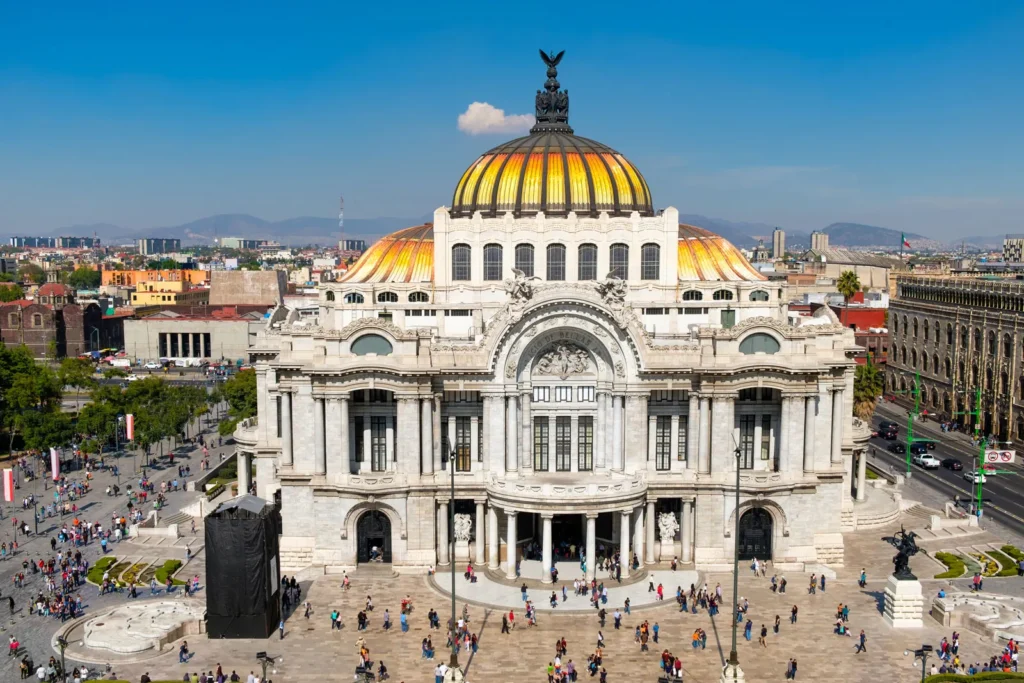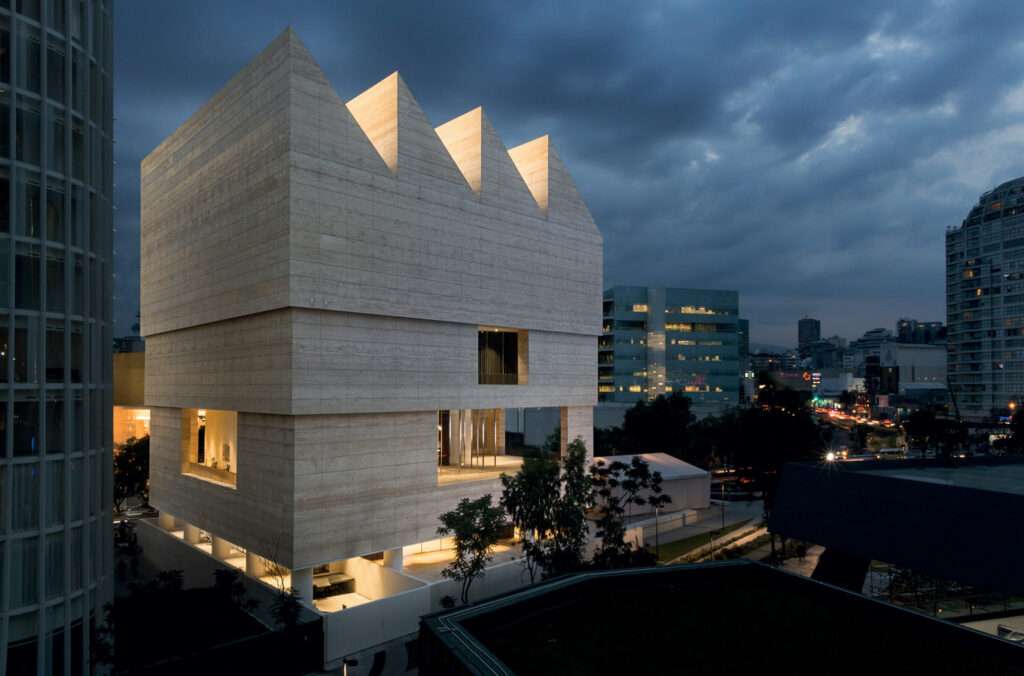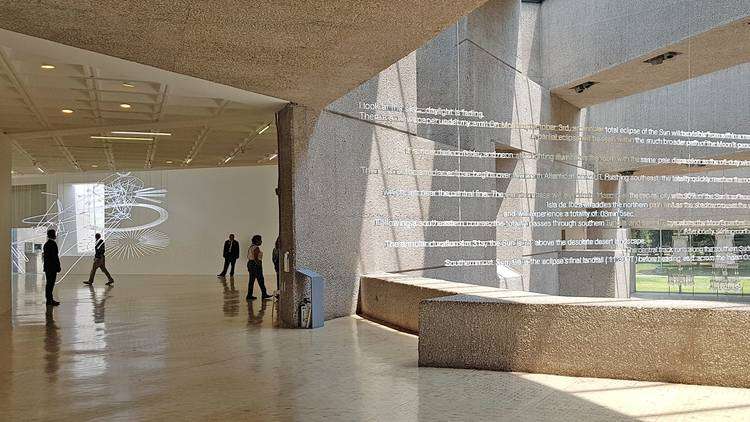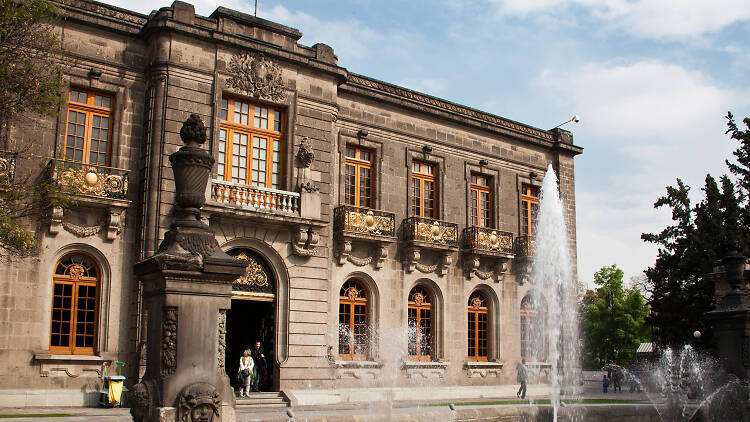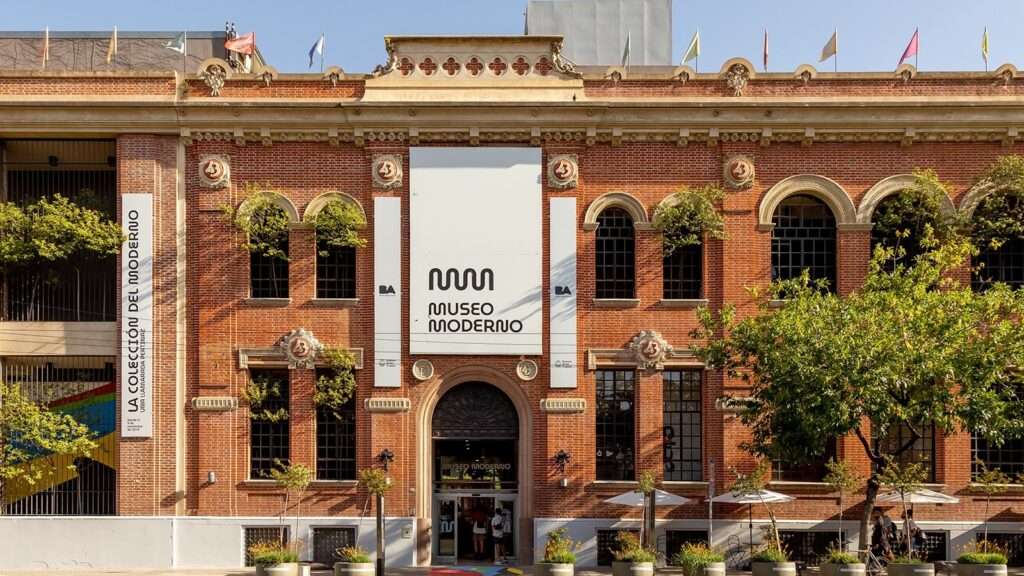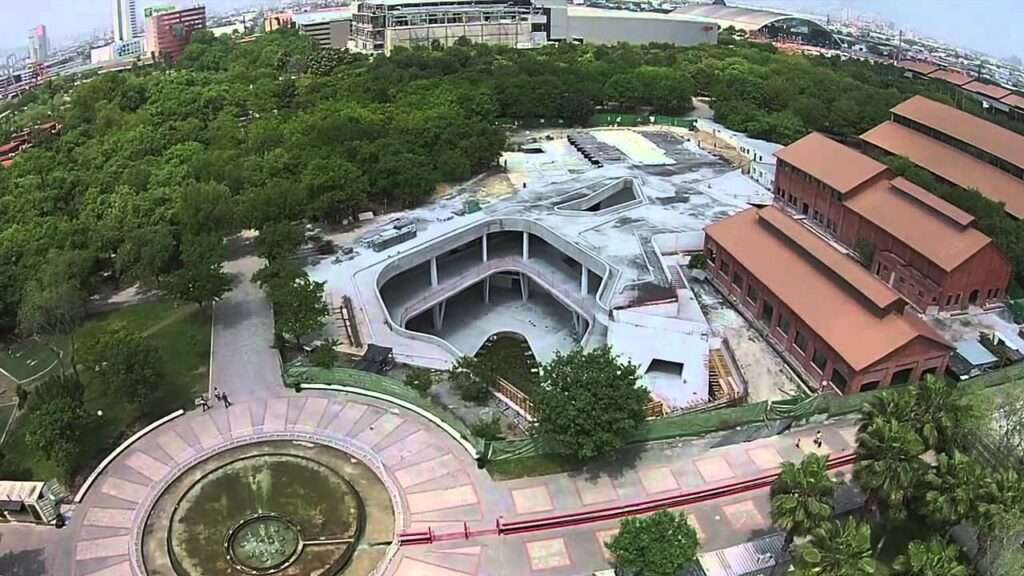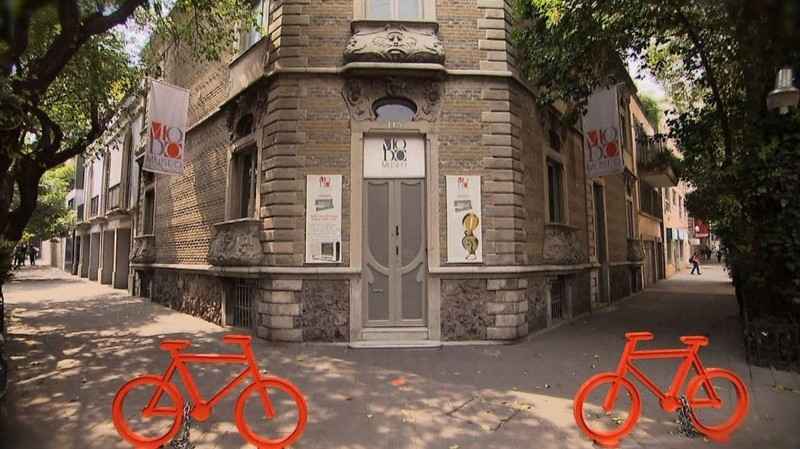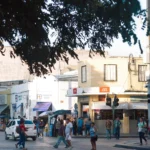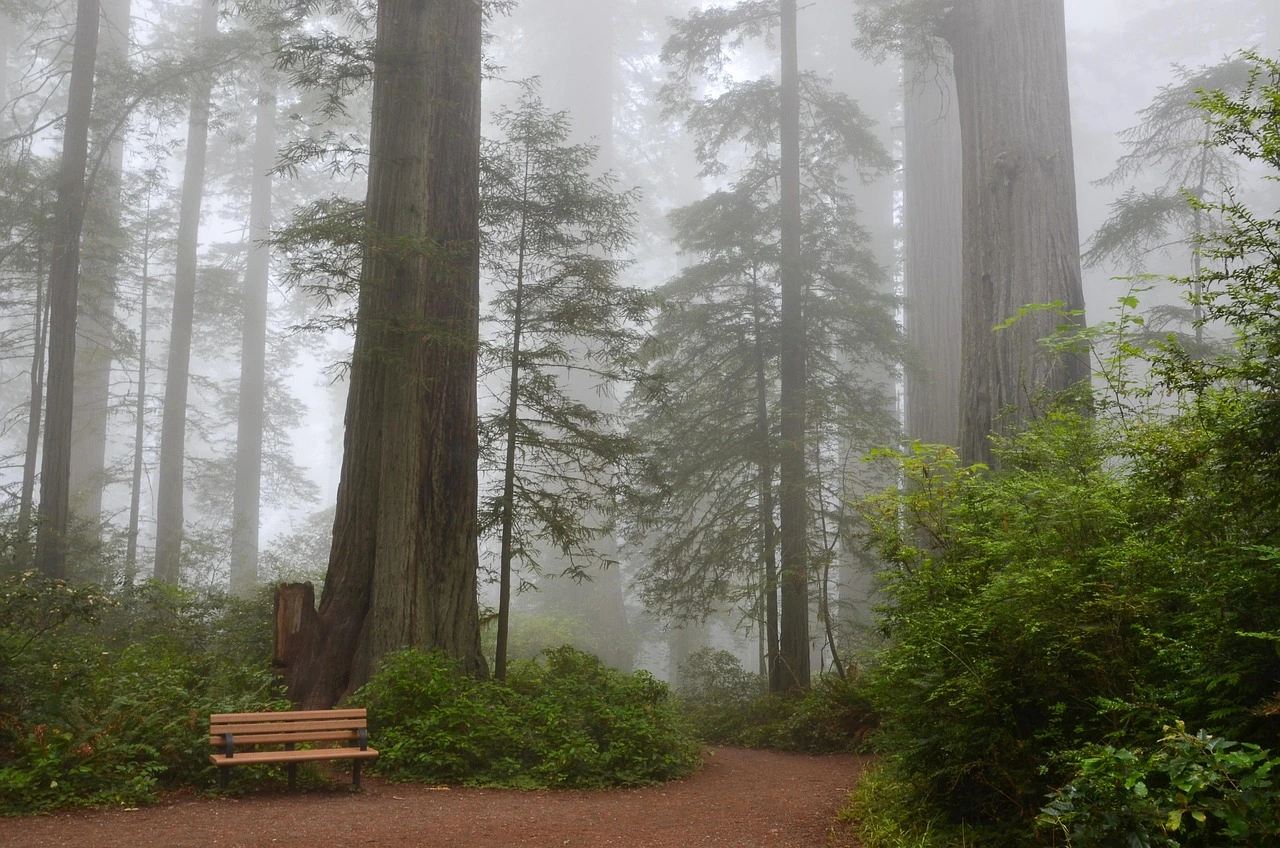With over 150 museums in Mexico City, you’re probably thinking about which ones to see first. To help you out, here is a selection of the greatest art museums in Mexico City that feature popular, modern, and contemporary artists from both Mexico and outside. Planning to spend several days exploring these cultural treasures? Consider staying at one of the best hostels in Mexico City to maximize your budget while remaining close to top attractions.
From ancient to modern art, these museums allow you to get lost in the stories of the past that have shaped Mexico City into what you see today. And the best part is you will actually have fun because these Mexico City museums aren’t just stuffy old buildings filled with art and ancient artifacts.
11 Best Art Museums In Mexico City
1. Museo Nacional de Antropología (MNA)
The National Museum of Anthropology (MNA) is an archeological museum, and is one of the biggest and best in Mexico City; it both showcases the archeological legacy of the peoples of Mesoamerica and reflects the current ethnic diversity of the country.
The museum is divided into three: antiquities, natural history and botanical gardens, and industrial products. Its trove includes archeological and anthropological artifacts from throughout Mexico, which it has acquired through purchases and donations.
Some examples are the Sun Stone, the giant heads of the Olmec culture, the monumental Teotihuacan sculptures dedicated to the gods of water, Pakal’s tomb, Monte Albán’s burial offerings, Xochicalco’s stelae, and the Monolith of Tláloc at the museum’s entrance.
This museum has 24 exhibition halls, of which 22 are permanent and two are for temporary exhibitions, which are sometimes museography samples from various museums around the world. The MNA building contains three auditoriums, one of which is the National Library of Anthropology and History.
2. Munal. Museo Nacional de Arte
The National Museum of Art building which formerly served as the Palace of Communications and Public Works, is considered one of the most important architectural works of the 20th century.
This is one of the best museums in Mexico City that preserves, exhibits, and studies art produced in Mexico between the second half of the 16th century and the first half of the 20th century, in order to offer a global and synthesized vision of the history of Mexican art.
Due to its collections, exhibition spaces, and the quality of its national and international exhibits, the National Museum of Art is a venue that promotes encounters, meaningful experiences, and community integration.
The museum’s collection is vast and includes all types of work from the viceroy era to the middle of the 20th century, with works by artists such as Andres de la Concha, Jose Juarez, Miguel Cabrera, Manuel Tolsa, Maria Izquierdo, Diego Rivera, Frida Kahlo, and Jose Clemente Orozco.
3. Museo Frida Kahlo. Casa Azul
The is a tourist attraction and a popular art museum in Mexico City because this was the house where Frida Kahlo was born, lived her life and died. It is a house museum, also known as the Blue House, located in the Colonia Del Carmen of the Coyoacán Municipality.
Frida wanted to leave her house as a museum, for the learning and enjoyment of her beloved Mexico. So, following his wife’s wishes, Diego began this task a few months after Frida Kahlo’s death, that is, in the last months of 1954.
This museum allows its visitors to discover the deep relationship between Frida Kahlo and Diego Rivera, their paintings, and their home. When you enter the Blue House, you’re transported immediately to Frida’s universe, and you’ll find not only her most famous works but also diaries, dresses, mirrors, and even her bed.
The works of art by Frida Kahlo on display in the exhibition halls give an account of the artist’s work process and pictorial evolution during her professional life. Many of these works, probably the majority of them, are unfinished because Frida Kahlo sold most of the paintings she completed during her lifetime.
However, in Casa Azul, there are three masterpieces from the artist’s career that are finished: Portrait of My Father (1941), Viva la Vida (1954), and Still Life; a very special painting in a round frame, from 1942.
4. MUAC, Museo Universitario de Arte Contemporáneo
Museo Universitario de Arte Contemporáneo (MUAC) is one of Mexico City’s most functional and beautiful art museums. It’s the first public museum in Mexico designed specifically for contemporary art.
The MUAC is a contemporary art museum in a 14,000-square-foot building in Mexico City’s largest public university, the Centro Cultural Universitario. It sits in a new multimodal space, this one prehistoric enough for retrospective work, called an installation space designed for this museum.
The art displayed here is a collection of contemporary Mexican artwork from the 1950s onwards, ranging from paintings and drawings to video and sound installations that attract contemporary art fans the world over. One of the museum’s most interesting displays is the Experimental Sound Space: a dark room where sound works of all types are created.
5. Museo del Palacio de Bellas Artes
The Palace of Fine Arts (Palacio de Bellas Artes) is one of the most renowned and finest art museums in Mexico City This museum is home to a few creative spots, such as the Museum of the Palace of Fine Arts and the National Museum of Architecture.
The National Symphony Orchestra; National Opera Company (Ópera de Bellas Artes); and Amalia Hernández’s Mexican Folkloric Ballet are all based here.
This museum aims to bring the public closer to a wide range of modern and contemporary visual discourses of national and worldwide significance. Displays range from photography, painting, object art, graphics, and sculpture to architecture and urban planning.
The MPBA permanently displays 17 murals created by seven national painters between 1928 and 1963, including Diego Rivera, David Alfaro Siqueiros, and José Clemente Orozco. It provides a venue for thought on modern and contemporary art, with high-quality shows that challenge traditional ideas and encourage critical responses.
6. Museo Jumex
Colección Jumex is an extensive private art collection belonging to Eugenio López Alonso, which is exhibited in Museo Jumex. It aims to encourage the production, discourse, and knowledge of contemporary art in Mexico.
This building, in Mexico City’s Polanco neighborhood, is one of the mixed-use developments known collectively as Plaza Carso, which also includes a shopping mall. It is located across the street from Museo Soumaya.
This museum maintains a scholarship program to help Mexican students pursue graduate programs in the field of contemporary arts. They also provide scholarships to artists and groups dedicated to the production, research, and promotion of modern art, both in Mexico and globally.
Museo Jumex holds one of Latin America’s greatest private modern art collections, featuring pieces by Andy Warhol, Martin Kippenberger, Cy Twombly, and Damien Hirst. The mediums used range from paints and drawings to light and video installations. It also organizes exhibitions and showcases works that are part of the collection.
7. Museo Tamayo Arte Contemporáneo
The Museo Tamayo Arte Contemporáneo, often known as Museo Tamayo or Museo Rufino Tamayo, is one of Mexico City’s greatest museums, showcasing international contemporary art.
Rufino Tamayo has been collecting international contemporary art since the late 1960s. The artist gave this collection with the intention of presenting the Mexican people with an introduction to twentieth-century art and then pushed the establishment of the Tamayo Museum, which would host the collection.
Five years later, it became part of the national patrimony, under the management of the Instituto Nacional de Bellas Artes. When Rufino Tamayo died, he left the museum in the hands of a union of public and private actors, who assured the continuity of the project over the years.
The museum’s collection is divided into two groups: the modern collection, assembled mostly by Olga and Rufino Tamayo, and a contemporary collection that emerged in the 1990s and continues to grow, thanks to donations from artists who have exhibited at the museum and works created specifically for it.
8. Museo Nacional de Historia
The National Museum of History, located in Chapultepec Castle, narrates key moments in Mexico’s history. The museum was created on January 3, 1939, by decree of Lázaro Cárdenas the National Institute of Anthropology and History (INAH), with the purpose of safeguarding the historical heritage of Mexico.
This massive building in Chapultepec Park is one of the most popular art museums in Mexico City and is home to the world’s largest collection of ancient Mexican artifacts. It has a research and curatorial department and it’s restoration and storage areas for its more than 60 thousand objects.
The museum’s collections were gradually expanded over several centuries, which is why the research team calls them curatorships. It is currently made up of painting, sculpture, drawing, engraving and printmaking, numismatics, historical documents and flags, furniture and household goods
This is one of the best art museums in Mexico City with 12 permanent exhibition halls and 22 rooms dedicated to the exhibition of pieces such as the History Rooms, the Alcázar Rooms, and a garden. Likewise, the museum preserves murals in many of its spaces that are also part of its artistic collection.
9. Museo de Arte Moderno
This museum came to life around the same time as the National Anthropology Museum, the former Viceregal Art Gallery, and the Museum of Natural History; all during the city’s 1960s cosmopolitan boom.
Like other top art museums in Mexico City, the MAM has a very extensive collection of modern and contemporary Mexican art, which due to space limitations is made known through temporary exhibitions.
Beyond its offering of high-quality temporary exhibits, it also boasts its own collection of artists such as Diego Rivera, Leonora Carrington, Frida Kahlo, and Remedios Varo. Various works are displayed including painting, sculpture, photography, and multimedia.
This museum has 4 rooms that are named after different personalities of the Mexican cultural scene of the 20th century: the Xavier Villaurrutia room, Carlos Pellicer, Antonieta Rivas Mercado, and José Juan Tablada.
The museum’s themes mainly cover what is known as the Mexican School of Painting and the Generation of Rupture. It houses a very important collection of works by the great Mexican photographer Manuel Álvarez Bravo and exhibits international contemporary art.
10. Papalote Museo del Niño
This is one of the best museums in Mexico City packed with interactive activities for children and even an IMAX cinema. This museum is focused on children’s learning, communication, and coexistence through interactive exhibitions of science, technology, and art.
It is an interactive museum that promotes meaningful learning through experiences that bring children closer to understanding the world around them through tools that allow them to experience, participate, know, explain, live, feel, and question their environment. The interactive exhibits are great for entertaining short attention spans, and the hands-on staff are helpful in guiding you toward your next activity.
The museum is divided into five large thematic areas: The Journey Begins, My Body, Living Mexico, My Home and My Family, Laboratory of Ideas, and My City. Each one has a space for the little ones where their skills and intelligence are stimulated through exhibitions created especially for them and according to the theme of each area. The Temporary Exhibition Room, the Digital Dome, and the outdoor garden are also part of the Museum’s educational offering.
11. del Objecto
The Museo del Objeto del Objeto (MODO) is one of the oldest museums in Mexico City and has been dedicated to telling stories through objects for more than 200 years. This museum is set in Roma Norte and the exhibitions are spread across three floors.
Valuable pieces, unique artifacts, are selected and grouped in exhibitions with the aim of showing and making us imagine or live those moments that, through affection and nostalgia, are kept in everyone’s memory.
The museum’s permanent collection is based on Bruno Newman’s private collection, which he amassed over forty years. About ten years ago, Newman began looking for a museum to preserve and study his collection, especially as it related to packaging, advertising, and the graphic arts. The permanent collection is divided into six sections based on themes.
However, the size of the museum does not meet international standards for preservation, so this collection is a starting point for the museum which aims to be a cultural, exchange of ideas and a research center for communication and design.
The Love Locks fence at MODO is another popular tourist site in Mexico where people place padlocks with the name of their partner. It was created as an initiative of the MODO museum which is located next to the place and consists of two trellises that protect the trees and plants located in front of the museum.
Conclusion
From museums with ancient artifacts and displays of indigenous culture to those that highlight modern-day history, these Mexico City museums tell the country’s story.
Mexico City is home to the most visited museum in the country, and you’ll enjoy seeing other art museums to see excellent photography and modern art shows.
These museums are more than just historical sites, they are living locations where history, culture, and innovation are always evolving. These museums in Mexico City have something for everyone, regardless of their interests.

